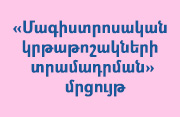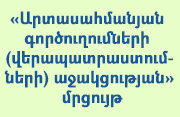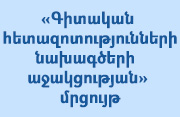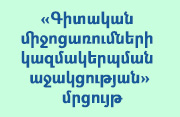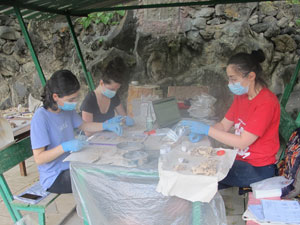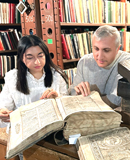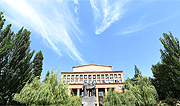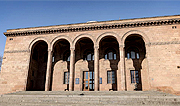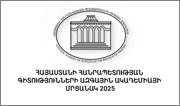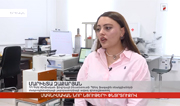The Institute of Molecular Biology of the National Academy of Sciences of the Republic of Armenia has carried out a comparative analysis of complete genomes of ancient and modern DNA samples from the Armenian Highlands and Balkans. It has been shown that Armenians differ from the ancient and modern population of the Balkans, a fact that refutes the "Balkan hypothesis", which is considered one of the dominant theories on the origin of the Armenian people in the historiography. The research has been carried out in collaboration with the universities of Cambridge, Copenhagen, and Tartu.
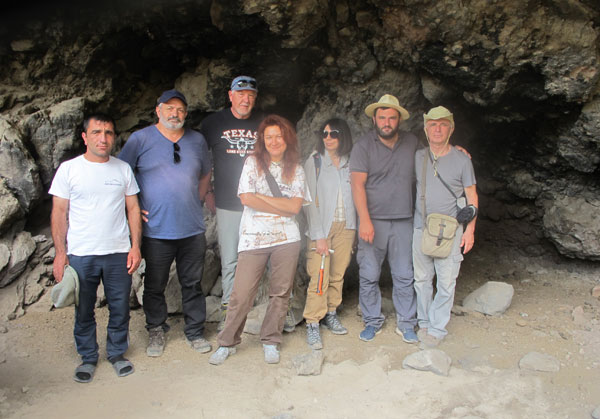
The supervisor of the research, the head of the Laboratory of Evolutionary Genomics at the Institute of Molecular Biology of NAS RA, Professor Levon Yepiskoposyan mentioned: "Are the Armenians’ ancestors native or incomers in the Armenian Highlands? This issue has been the subject of hot debates among archaeologists, anthropologists, historians, and linguists for a long time. One of the hypotheses circulating in the academic literature about the non-native origin of the Armenian people, the so-called "Balkan theory", is prevailing, based on the information provided by the ancient Greek historian Herodotus (440 BC). The historian considered the Armenians to be Phrygian colonizers because of their language and military uniforms, which they wore in the army of the Persian king Xerxes".
In the absence of convincing linguistic, historical, and archaeological evidence, the hypothesis of the Armenians' Balkan origin should be verified using more sensitive, objective tools, such as modern genetics. "From this point of view, the "version" of Herodotus is possible only in the presence of certain signs of the Balkan genetic substrate in the archeological material, as well as in the gene pool of the modern population, including Armenians, on the territory spreading from the Balkans to the Armenian Highlands", said Professor Levon Yepiskoposyan.
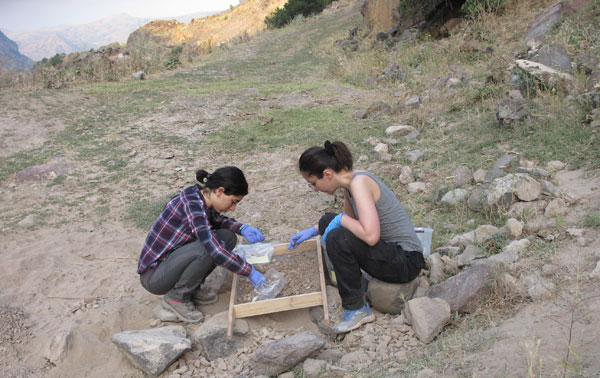
To acquire direct insights into the past demographic processes, ancient DNA samples, dated to chronologically successive periods (from the Neolithic to the Antiquity), were studied in comparison with the genetic material of the modern population of the region. As a result of a whole genome analysis, it has been found that the Armenian gene pool has a continuous genetic history for more than 6000 years. This result dramatically differs from that of other populations in Southwest Asia, which have been subjected to significant external genetic influences. "For several millennia, Armenians have distinguished themselves with a high level of gene pool stability even from the population of Sardinia, which has long been considered a classic genetic isolate from the Neolithic to the end of the Bronze Age, while almost the whole of continental Europe was subjected to numerous foreign invasions," said Professor Levon Episkoposyan.
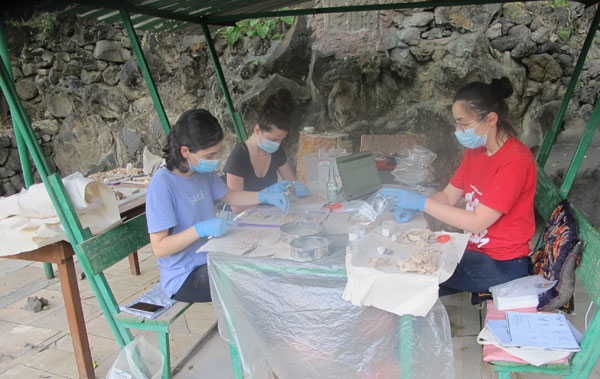
The research was carried out in the frame of several state programs aimed at studying the Armenian gene pool. The study has been posted on bioRxiv and currently is under peer-review in one of the high-impact journals.
Previous results on different aspects of the Armenian genetic history were published in the journals "Current Biology", "Human Genetics", "Human Biology", "Investigative Genetics", and "Molecular Genetics and Genomics".
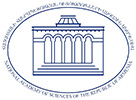


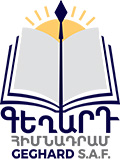
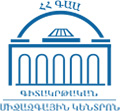









![academy [@] sci.am academy [@] sci.am](images/email.jpg)









